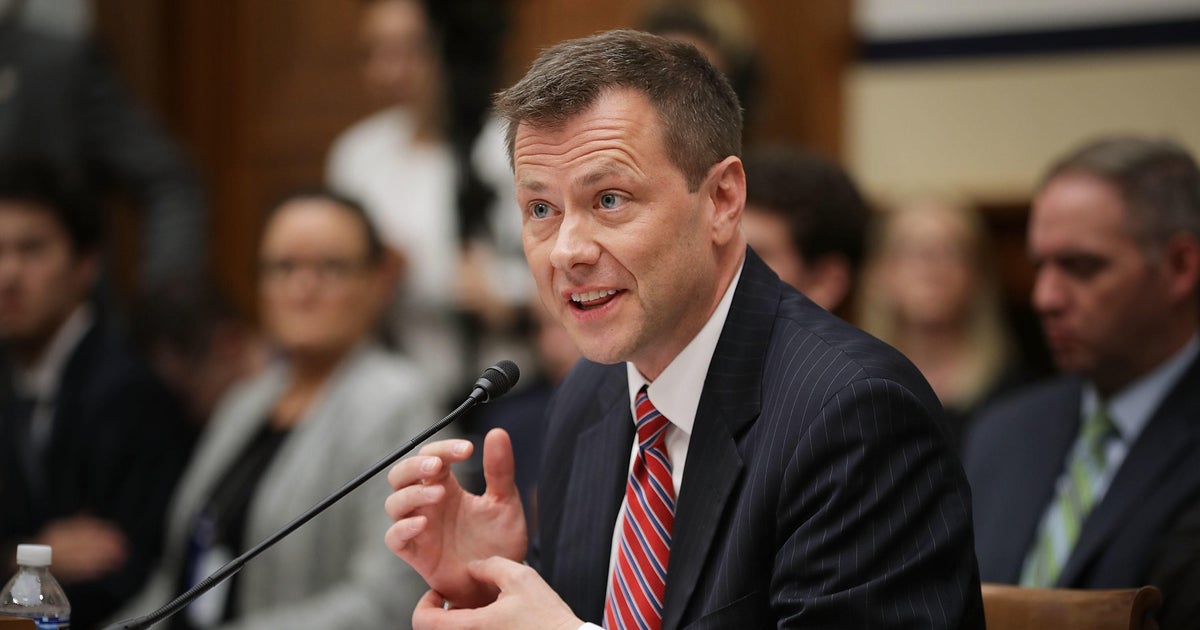4 things Donald Trump got wrong in his Economist interview
On Thursday, "The Economist" -- the venerable British newsmagazine that counts American bankers and hipsters among its readership -- published a far-ranging interview with President Donald Trump touching on economic policy. In it, the president laid out his vision for driving U.S. economic growth above 3 percent a year, passing tax cuts and cutting the country's trade deficit, among others.
But the president also made a number of statements that were dubious, inaccurate or worse. Here are four that were demonstrably false.
1. Mr. Trump created the expression "prime the pump"
As the president was explaining the reasoning behind his proposed tax cuts, this exchange took place:
(President Trump): …you understand the expression "prime the pump"?
Yes.
We have to prime the pump.
It's very Keynesian.
We're the highest-taxed nation in the world. Have you heard that expression before, for this particular type of an event?
Priming the pump?
Yeah, have you heard it?
Yes.
Have you heard that expression used before? Because I haven't heard it. I mean, I just…I came up with it a couple of days ago and I thought it was good. It's what you have to do.
It's…
Yeah, what you have to do is you have to put something in before you can get something out.
As the internet lost no time in pointing out, the expression "priming the pump" -- spending some government money to stimulate economic activity -- has been in use since at least the 1930s when its proponents included the prominent British economist John Maynard Keynes. Even then, it was a subject of debate in the U.S. and elsewhere: The congressional record from 1935 shows lawmakers vigorously arguing over how effective the government's intervention had been.
Merriam-Webster cheekily tweeted a definition of the term Thursday morning, noting it was in use even before the Great Depression popularized the term in the 1930s:
As The Economist noted, the idea of "priming the pump" is one more often associated with Democrats, who have long embraced Keynes's school of demand-side economics, than Republicans, who traditionally tend to favor so-called supply-side economic policies that minimize government spending and intervention.
2. The U.S. is the highest taxed nation in the world
When it comes to taxing individuals, this is false.
According to a 2017 report compiled by the Organization for Economic Cooperation and Development (OECD) a single, childless worker in the United States faced a net average tax rate of 26 percent in 2016, or 16th on the list of 31 countries. A married worker with two children faced a net average tax rate of 14.1 percent, ranking the U.S. 19th.
Where business are concerned, it's somewhat true ... but mostly just on paper.
The statutory federal corporate tax has been 35 percent since 1993; according to a recent Congressional Budget Office report, the addition of state taxes brings that rate, on average, to 39.1 percent, the highest in the G20. A 2016 Tax Foundation analysis that examined 188 countries showed the United Arab Emirates has a higher corporate tax rate than the U.S., at 55 percent.
Though the federal statutory rate on large businesses is 35 percent, a Government Accountability Office study found last year that large U.S. corporations paid an average 14 percent of their income from 2008 to 2012, the latest years for available data. What's more, 42 percent of the corporations studied paid no federal income taxes at all.
Trump has proposed reducing the corporate tax rate from 35 percent to 15 percent, and allowing corporations to repatriate trillions in profits stored overseas in low-tax locales to the U.S. at an ultra-low 10 percent rate.
3. The president's proposed tax cuts will be the biggest in U.S. history
Here's how Mr. Trump described to "The Economist" the tax cut he outlined last month:
Can I ask you about the focus of the tax cut because you've spoken about a massive tax cut for ordinary workers…
Right, this would be the biggest tax cut in the history of the country.
The cut as initially proposed would reduce the number of tax brackets, eliminate many deductions and reduce tax rates across the board. The cut, most analysts say, would be tremendous.
But whichever way you measure it, it's not the biggest.
That distinction goes to the 1981 tax cut introduced by Ronald Reagan, which amounted to a substantial 2.9 percent of GDP. Mr. Trump's proposal, in its current form, would cost a still-substantive 2.6 percent of GDP, according to the nonpartisan Tax Foundation.
Measured as the drop in the top tax rate, the current proposal is still not the biggest. Under Mr. Trump's plan, the top rate would drop by 4.6 points, from 39.6 percent to 35 percent. Compare that with John F. Kennedy's tax reforms, which lowered the top-line tax rate from 91 percent to 70 percent -- a drop of 21 points.
What about absolute dollar terms? Under that metric, the largest cut was in 2010, under Barack Obama, who made permanent during the Great Recession many of the major tax cuts put into place by his predecessor, George W. Bush, after the dotcom stock bubble popped and the 9/11 terror attacks threatened to pull the country into recession. In the first year, those Obama cuts cost $420 billion, or $470 billion in 2016 dollars.
4. U.S. businesses can't compete in Mexico because of the value-added tax
The president devoted a good deal of time to the value-added tax, or VAT, which is a common way for countries (the U.S. excluded) to collect revenue. The VAT is a complicated topic on its best day, but the overarching point, held over from the campaign trail, was that American companies are unfairly taxed in Mexico, because Mexico imposes a value-added tax on goods, and the U.S. doesn't. Here's what he told The Economist.
Part of the problem with NAFTA is that Mexico's a VAT. So Mexico is paying almost…we pay 17%. So we are now down 17%, going into Mexico when we trade. So that's like, you have a football team and every time they play a game, they're down, you know, 25 points. How can you possibly do good?
"The allegation that VAT hurts American producers has no merit whatsoever," said Gian Luca Clementi, an associate professor of economics at NYU's Stern School of Business. That's because the VAT is applied equally to all products sold in a country that collects the tax: those made domestically as well as those imported from abroad.
In the U.S., sales tax works the same way. The difference is that sales tax is collected at the end of a product's life cycle, from the consumer who buys it, while VAT is applied at every stage of a product's manufacture. A steel manufacturer pays VAT on steel it sells to a car-parts company; that company, in turn, makes a car engine part out of the steel, sells it to, say, Ford, and pays VAT on the difference between the price of the steel and the price Ford paid for the car part.
"But the impact that it has on the final price in the car is the same, regardless of whether the car is produced within [VAT collecting country] or the United States," said Clementi.



